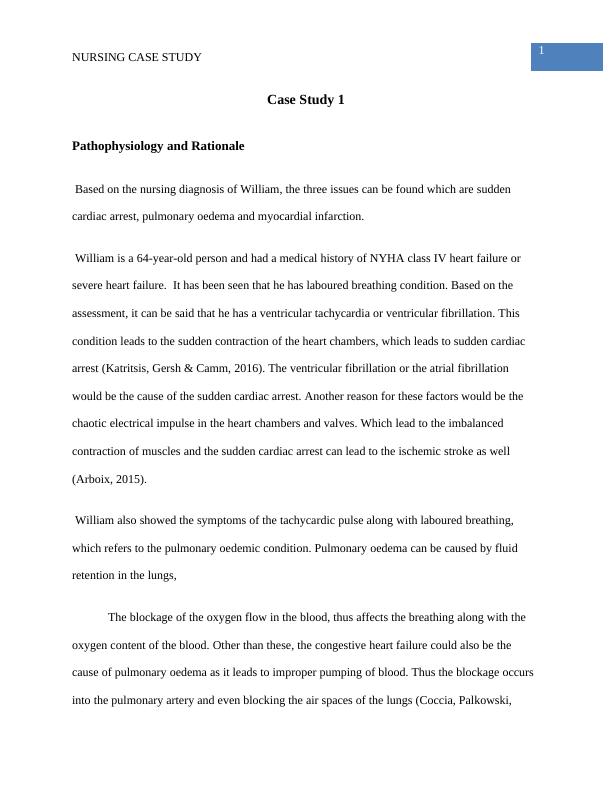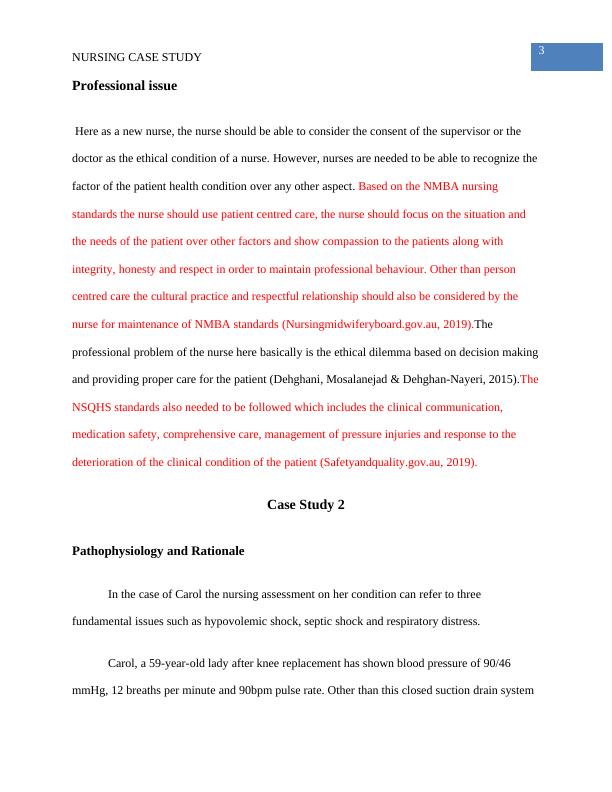Nursing Case Study: Pathophysiology and Rationale
This assignment is a written assessment for a nursing course. It involves analyzing and responding to four case studies related to identifying and responding effectively to deteriorating patients. Each case study requires approximately 625 words and should be supported by professional standards documents and peer-reviewed literature.
Added on 2022-11-26
About This Document
Nursing Case Study: Pathophysiology and Rationale
This assignment is a written assessment for a nursing course. It involves analyzing and responding to four case studies related to identifying and responding effectively to deteriorating patients. Each case study requires approximately 625 words and should be supported by professional standards documents and peer-reviewed literature.
Added on 2022-11-26
End of preview
Want to access all the pages? Upload your documents or become a member.




